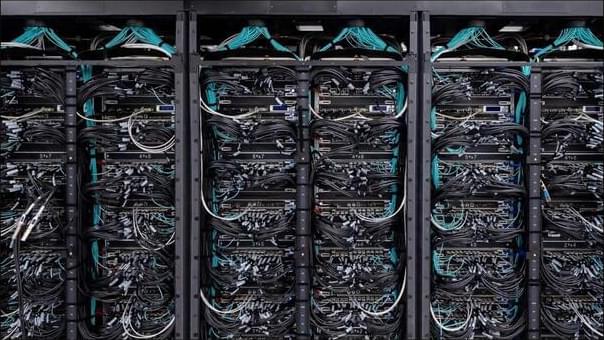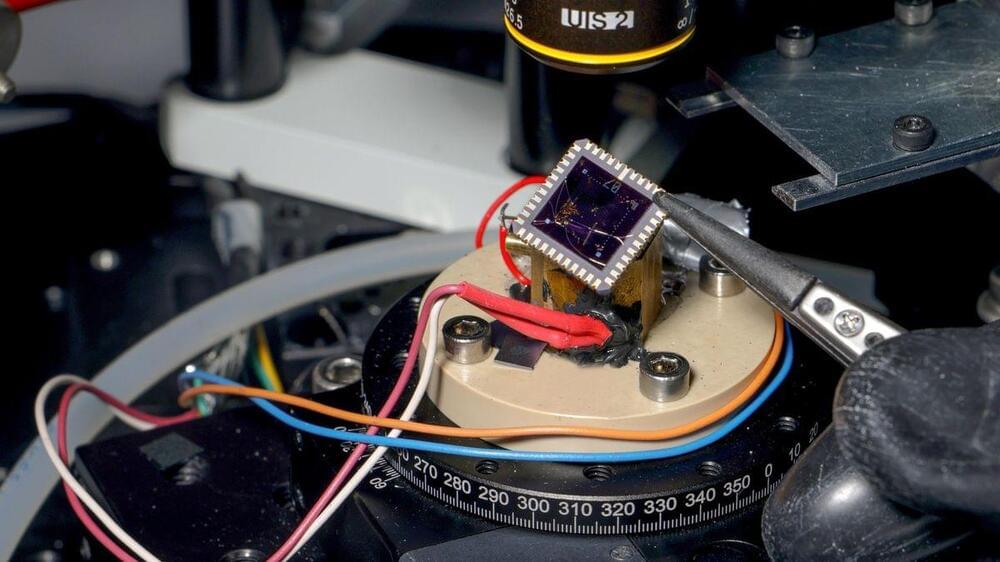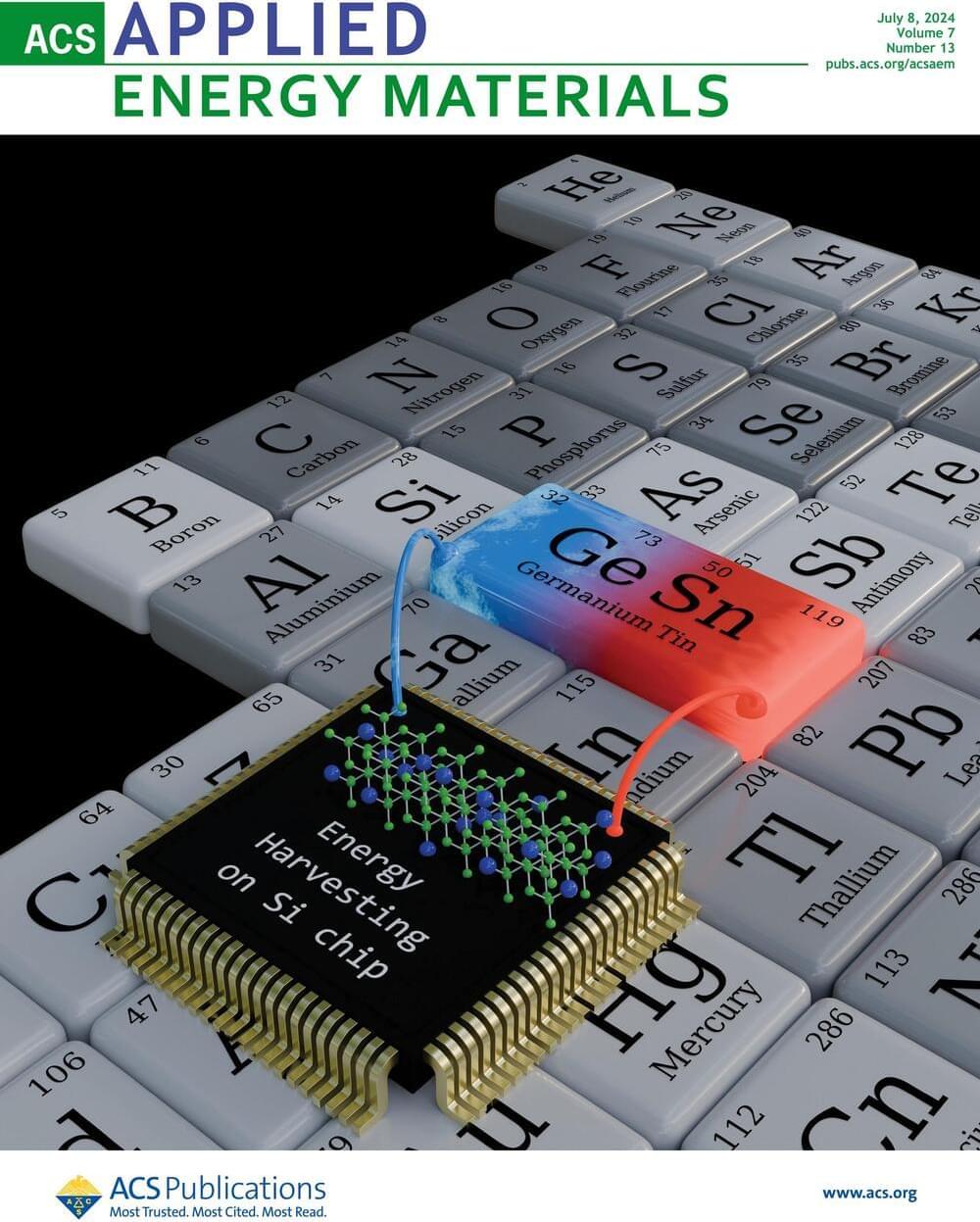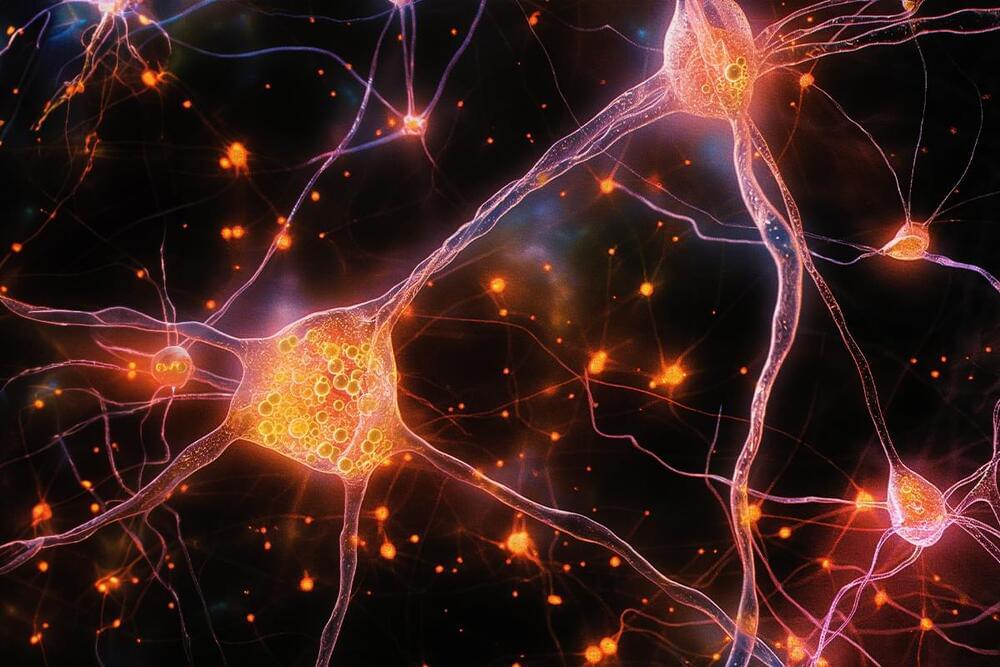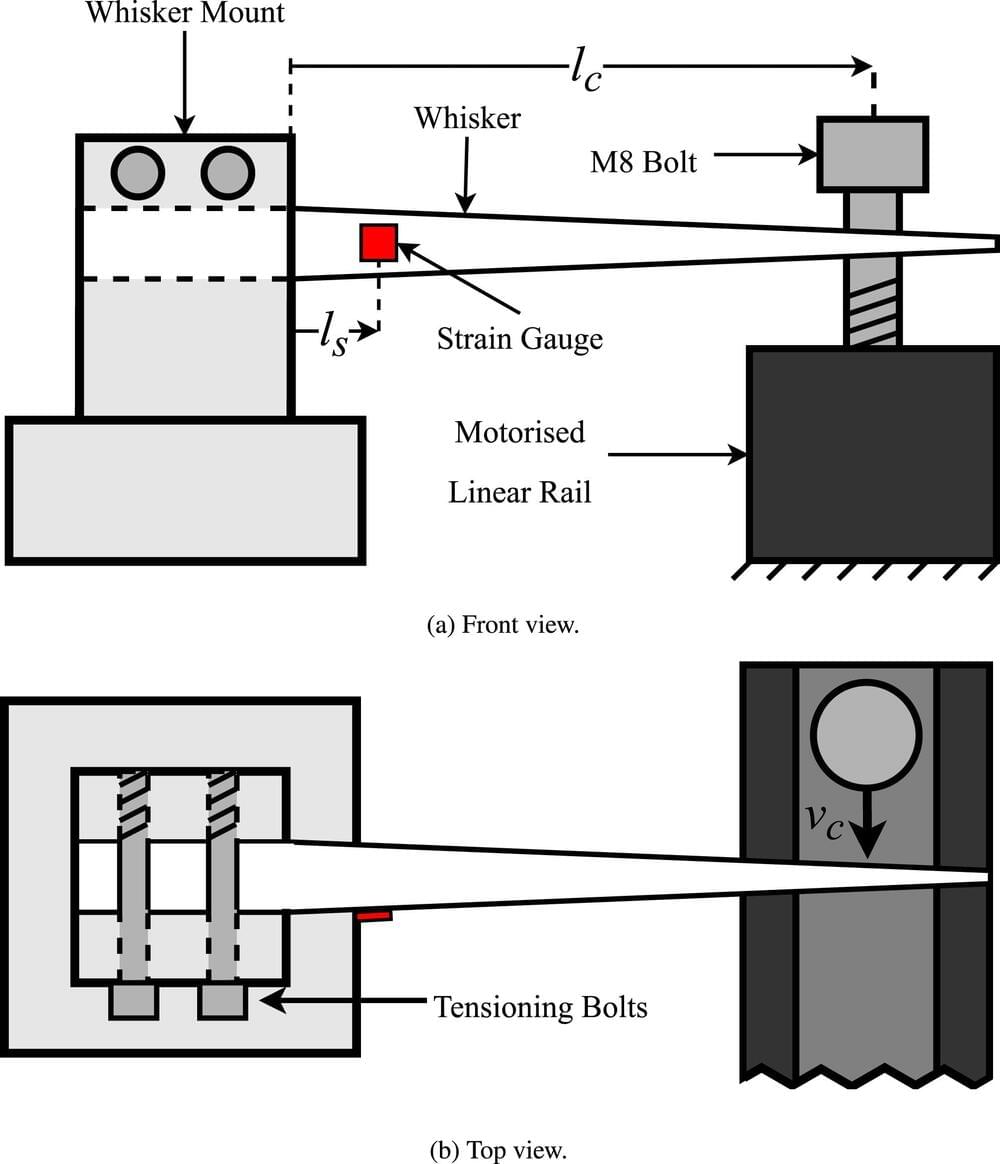Page 288
Jul 8, 2024
Copper Nanoclusters Convert CO2 Into Useful Methane
Posted by Shailesh Prasad in category: sustainability
Researchers have designed a copper nanocluster-based catalyst that converts carbon dioxide into useful methane.
Jul 8, 2024
2D quantum cooling system reaches temperatures colder than outer space by converting heat into electrical voltage
Posted by Shailesh Prasad in categories: quantum physics, space
Jul 8, 2024
New material paves the way to on-chip energy harvesting
Posted by Shailesh Prasad in categories: chemistry, computing
Researchers from Germany, Italy, and the UK have achieved a major advance in the development of materials suitable for on-chip energy harvesting. By composing an alloy made of silicon, germanium and tin, they were able to create a thermoelectric material, promising to transform the waste heat of computer processors back into electricity.
With all elements coming from the 4th main group of the periodic table, these new semiconductor alloy can be easily integrated into the CMOS process of chip production. The research findings are published in ACS Applied Energy Materials.
The increasing use of electronic devices in all aspects of our lives is driving up energy consumption. Most of this energy is dissipated into the environment in the form of heat.
Jul 8, 2024
Alzheimer’s-related synapse damage reversed by synthetic protein
Posted by Paul Battista in categories: biotech/medical, life extension, neuroscience
Researchers at the Okinawa Institute of Science and Technology (OIST) have developed a potentially transformative approach to treating Alzheimer’s disease, A team from the former Cellular and Molecular Synaptic Function Unit have reported significant progress in reversing cognitive decline and restoring memory in transgenic mice using a synthetic protein. The findings, published in Brain Research, offer hope for a viable treatment to alleviate the debilitating symptoms associated with this neurodegenerative condition.
“We successfully reversed the symptoms of Alzheimer’s disease in mice,” explained Dr Chia-Jung Chang, first author of the study and presently a member of the Neural Computation Unit at OIST. “We achieved this with a small, synthetic peptide, PHDP5, that can easily cross the blood-brain barrier to directly target the memory center in the brain [1].”
Longevity. Technology: There is a pressing need to find effective treatments for Alzheimer’s; along with other forms of dementia, this debilitating disease currently affects approximately 55 million people worldwide, and this number is predicted to nearly double every 20 years, reaching 78 million in 2030 and 139 million in 2050. As well as a health burden, Alzheimer’s is an economic burden – the annual global cost of dementia has now rocketed to more than US$1.3 trillion, with a projected rise to US$2.8 trillion by 2030 on the horizon [2].
Jul 8, 2024
High-tech ‘whiskers’ give working robots more ability to move safely
Posted by Chima Wisdom in category: robotics/AI
Taking inspiration from the animal kingdom, Flinders University researchers are developing affordable, flexible and highly responsive ‘whiskers’ to attach to robots. Their article, “Optimising electromechanical whisker design for contact localisation,” has been published in the journal Sensors and Actuators A: Physical.
While lasers and camera vision is used to instruct robot movement, the additional support of light-weight, cheap and flexible whiskers would give workplace and domestic robots additional tactile abilities in confined or cluttered spaces.
Like a rat’s whiskers, these sensors can be used to overcome a robot’s range-finder or camera blind spots which may not ‘see’ or register an object close by, says Flinders College of Science and Engineering Ph.D. candidate Simon Pegoli. Additionally, whiskers uncover properties of objects, such as moveability, not possible with camera or regular range-finder sensors.
Jul 8, 2024
Would Astronauts’ Kidneys Survive a Roundtrip to Mars?
Posted by Natalie Chan in categories: health, space
The structure and function of the kidneys is altered by space flight, with galactic radiation causing permanent damage that would jeopardise any mission to Mars, according to a new study led by researchers from UCL.
The study, published in Nature Communications, is the largest analysis of kidney health in space flight to date and includes the first health dataset for commercial astronauts. It is published as part of a Nature special collection of papers on space and health.
Researchers have known that space flight causes certain health issues since the 1970s, in the years after humans first travelled beyond Earth’s magnetic field, most famously during the first moon landing in 1969. These issues include loss of bone mass, weakening of the heart and eyesight, and development of kidney stones.
Jul 8, 2024
Disruption of Transportation Past, Present & Future with Tony Seba
Posted by Chris Smedley in categories: robotics/AI, sustainability, transportation

Tesla’s autopilot technology and the increasing affordability of electric vehicles are set to revolutionize the transportation industry, making transportation as a service cheaper and safer, and leading to a significant drop in oil demand and potential geopolitical implications Questions to inspire discussion How safe.
Jul 8, 2024
Texas company 3D printing houses on Earth, partnering with NASA to 3D print infrastructure on the moon
Posted by Omuterema Akhahenda in categories: 3D printing, habitats, space
There was a time when futurists were predicting that the advent of 3D printing was going to change our lives…
A Texas company — driven by a mission to create faster, better and more affordable housing — is 3D printing homes. It’s also working with NASA to 3D print on the Moon. Lesley Stahl reports.
